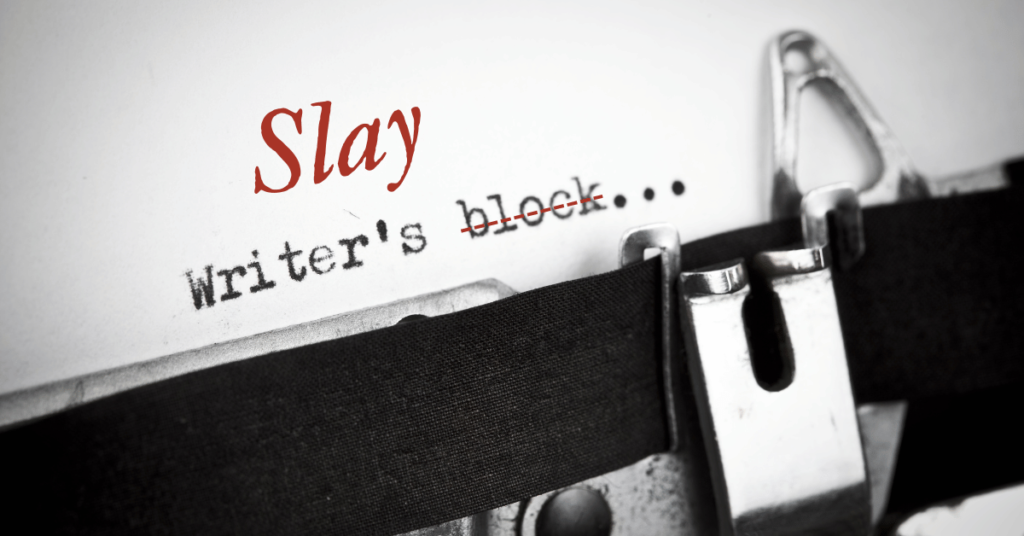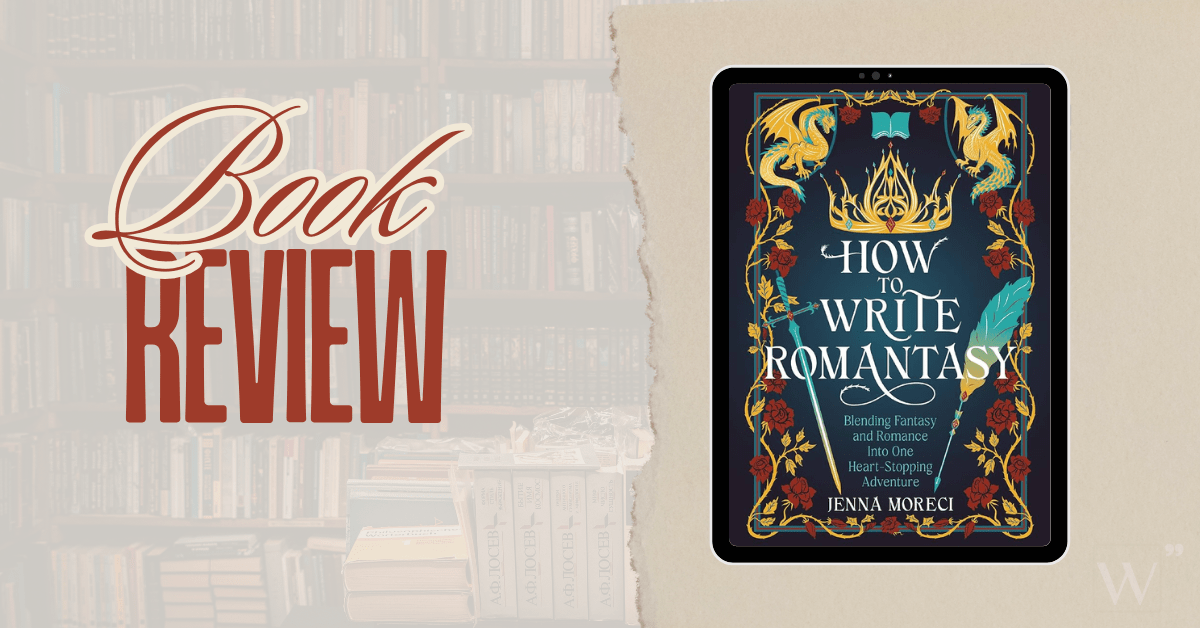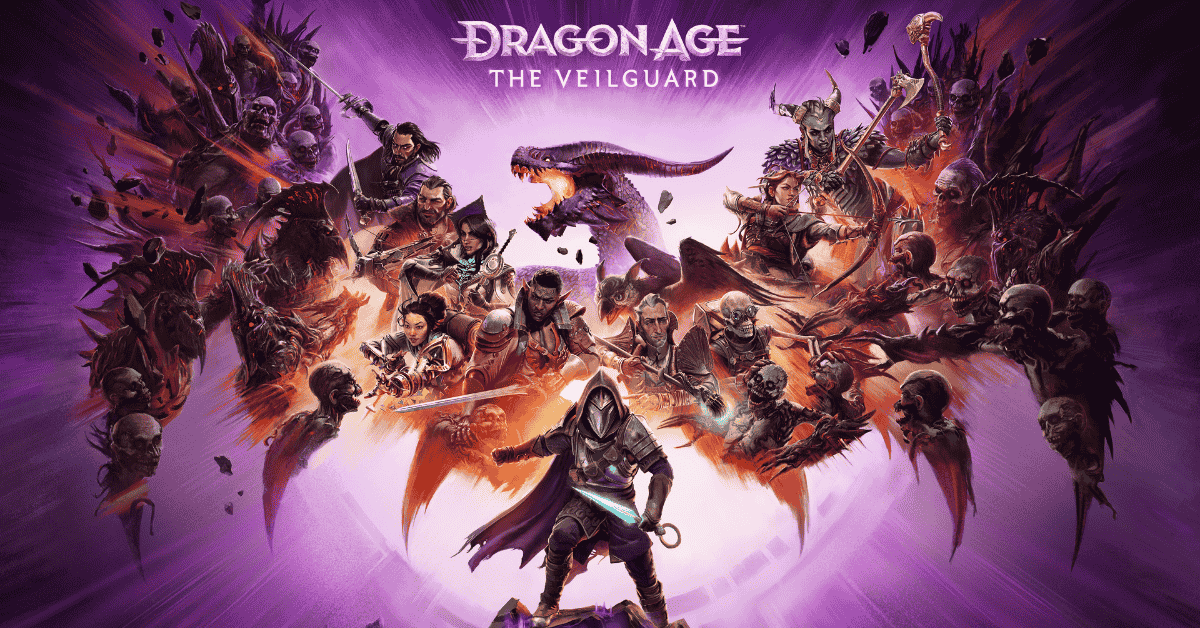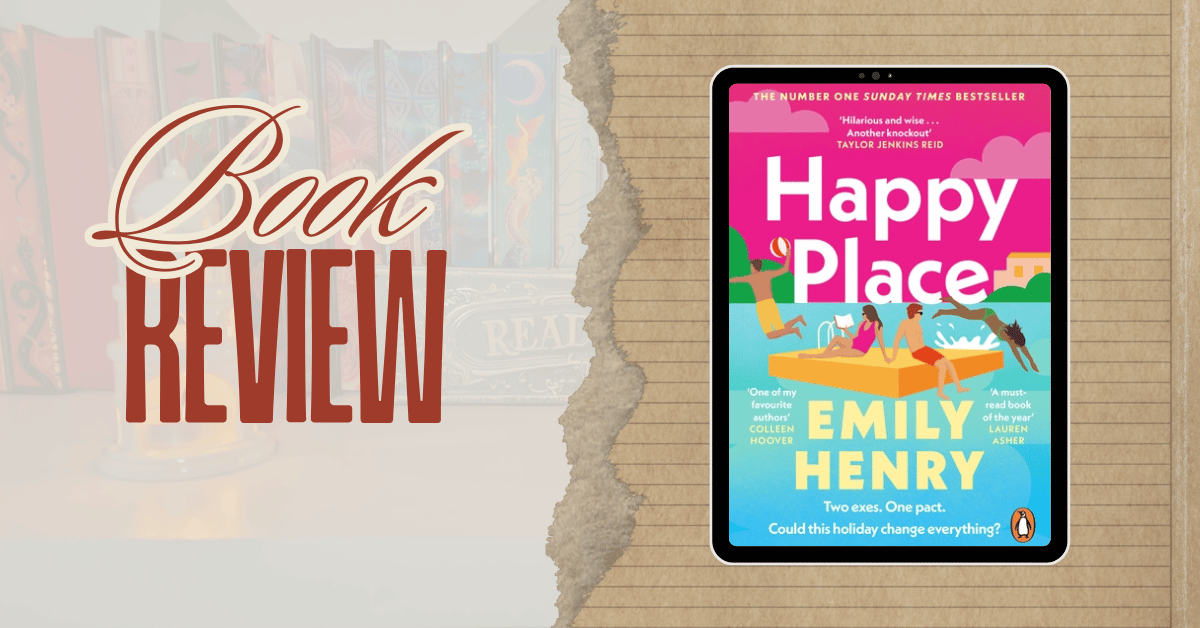Writer’s block. It’s the bane of every writer’s existence: that frustrating mental wall that leaves you staring at a blank page, caught between anxiety and distraction. One minute you’re scrolling social media, the next your cat demands food, and before you know it, the day’s gone, leaving you ashamed of your empty word count. Sound familiar?
Let’s unpack writer’s block: what it is, why it happens, and how to outsmart it. Because here’s the thing: writer’s block isn’t a permanent condition; it’s a problem with solutions. Let’s find yours.
What Exactly Is Writer’s Block?
The term “writer’s block” was coined back in 1947 by Austrian psychoanalyst Edmund Bergler. He described it as “the drying up of the writer’s wellspring of creative imagination. [Akhtar, Salman in Comprehensive Dictionary of Psychoanalysis]” Sure, his theories might sound dated now (he blamed “oral masochism”), but the struggle he identified is still very real.
Fast forward to today, and we see writer’s block more practically: a psychological barrier that stops us from writing. It could be a fear of failure, perfectionism, or just sheer overwhelm. But don’t panic, because everyone from bestselling authors to hobbyists experiences this. The trick is figuring out why it’s happening and how to work around it.
Why Does Writer’s Block Happen? (And What You Can Do About It)
Writer’s block isn’t one-size-fits-all. Here are some common culprits, and respective ways to tackle them:
1. Life Is Messy
Sometimes, life’s chaos just takes over. Work, family, chores, and it’s hard to feel inspired when your to-do list is ten miles long. You sit down to write, and suddenly your brain screams, “But the laundry!”
What Helps:
- Set a Schedule: Carve out sacred writing time, even if it’s just 15 minutes. Protect it fiercely.
- Rest Up: A well-rested brain is a creative brain. Don’t underestimate the power of sleep.
- Get Grounded: A few minutes of mindfulness or deep breathing can clear your mental clutter.

2. Disconnected From Your Story
Ever picked up a project after a long break and thought, “Wait, what was I even trying to say?” Losing touch with your characters or plot can make it feel impossible to move forward.
What Helps:
- Revisit Your Notes: Reconnect with your story’s heartbeat. Outlines, mood boards, playlists—whatever helps you get back in the zone.
- Add a Personal Touch: Give your characters pieces of yourself. Maybe your protagonist loves the same coffee order or shares your fear of public speaking. This makes them come alive again.
Example: I once hit a wall with my protagonist, Maya. She felt flat, like a cardboard cutout. But when I gave her some of my own quirks and backstory, she became someone I wanted to write about again.
3. Perfectionism Paralysis
Ah, the inner critic. “This is terrible. Nobody will read it. Why even try?” Sound familiar? Perfectionism is the enemy of progress.
What Helps:
- Lower the Stakes: Remind yourself: first drafts are supposed to be messy.
- Ask ‘What’s the Worst That Could Happen?’: Spoiler—it’s probably not as bad as you think.
- Focus on Momentum: Forget perfect sentences. Write a bad paragraph. Then another. Progress over perfection.
4. Structural Roadblocks
Sometimes, your subconscious knows something’s wrong with your story even if you can’t put your finger on it. Maybe your plot doesn’t add up, or a character arc feels forced.
What Helps:
- Take a Step Back: Revisit your outline and look for weak spots.
- Experiment Freely: What if your antagonist switched motivations? What if you killed a subplot? Brainstorm wild ideas to shake things up.

5. You’re Avoiding a Tedious Task
Here’s a confession: sometimes I get stuck not because I can’t write, but because I don’t want to do the boring prep work. Organizing notes, indexing chapters—it’s not glamorous, and my brain resists.
What Helps:
- Break It Down: Treat yourself like a toddler. “Step 1: Open the file. Step 2: Highlight one key plot point.” Tiny, manageable tasks make it harder to procrastinate.
- Reward Yourself: Every small task completed deserves a high-five—or at least a chocolate break.
- Remember the Why: Visualize how this boring step will make the fun parts of writing smoother later.
6. Burnout or Lack of Passion
Sometimes, the spark just isn’t there. Writing feels like a chore, and you’re asking yourself, “Why am I even doing this?”
What Helps:
- Reconnect With Your Why: Why did you start this project? Who are you writing for?
- Take a Break: Go for a walk, read a book, or binge a favorite series. Inspiration often strikes when you’re not looking for it.
Sometimes, Your Inner Blob Needs a Reality Check
I recently rewatched Ralph Breaks the Internet (Wreck it Ralph 2), and one scene stuck with me.
[Spoiler alert!] There’s a moment when Ralph’s insecurities take physical form, multiplying into a giant blob of clingy, needy Ralphs (better known as Ralphzilla). This blob represents his overwhelming fear of losing his friend, Vanellope. The real Ralph, instead of a long fight, confronts Ralphzilla by reasoning with it. He shows it kindness, helps it understand its place, and ultimately, defuses the chaos.
That scene hit me like a firebolt. It reminded me how our insecurities, if left unchecked, can grow into massive obstacles that block our creativity. But here’s the thing: you can talk to your insecurities. Give them a voice, acknowledge them, and guide them back into perspective. Then integrating them.
And that leads us to some exercises that can help tame your inner blob and get you back on track.
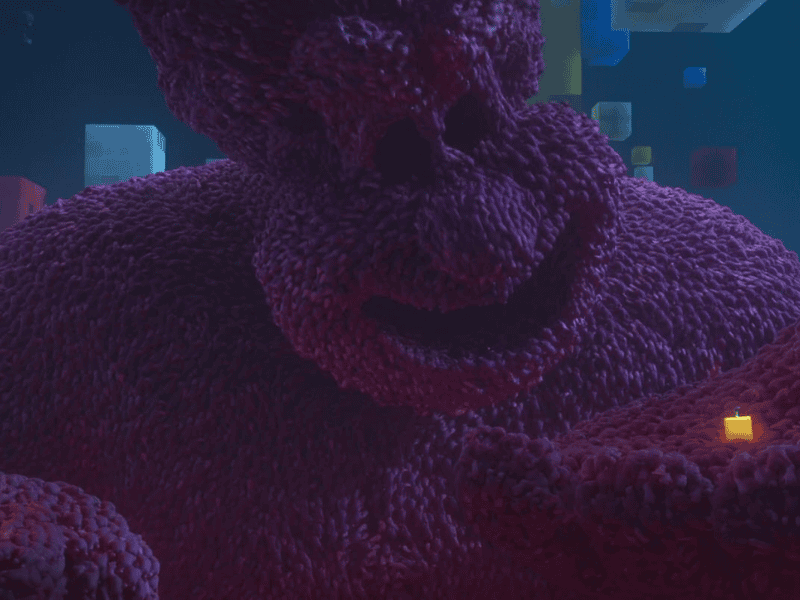
Fun Ways to Bust Through Writer’s Block
Let’s lighten things up with some creative exercises to get those words flowing again:
1. Face Your Inner Criticzilla
Picture your self-doubt as a creature. Is it a grumpy goblin? A sarcastic cat? Give it a name and write a dialogue with it. Sometimes, personifying your insecurities makes them less scary. More on that here, if you’re interested.
2. Coffee Date With Your Characters
Imagine meeting your protagonist at your favorite coffee shop. What do they order? What’s the vibe? Ask them questions about your plot, and you might discover something surprising.
3. The Fairy Tale Flip
Take a classic fairy tale character and drop them into a mundane setting. Picture the Big Bad Wolf filing taxes or Cinderella working the night shift at a diner. Write for 20 minutes and see what happens.
Writer’s block is frustrating, but it’s not unbeatable. Whether you’re burned out, stuck on structure, or just feeling uninspired, there’s always a way forward. Remember, every writer faces this and it’s part of the creative journey.
So, what’s your strategy for slaying writer’s block?
Newsletter
Did you like this post? Join now for the latest news and exclusive tips!

